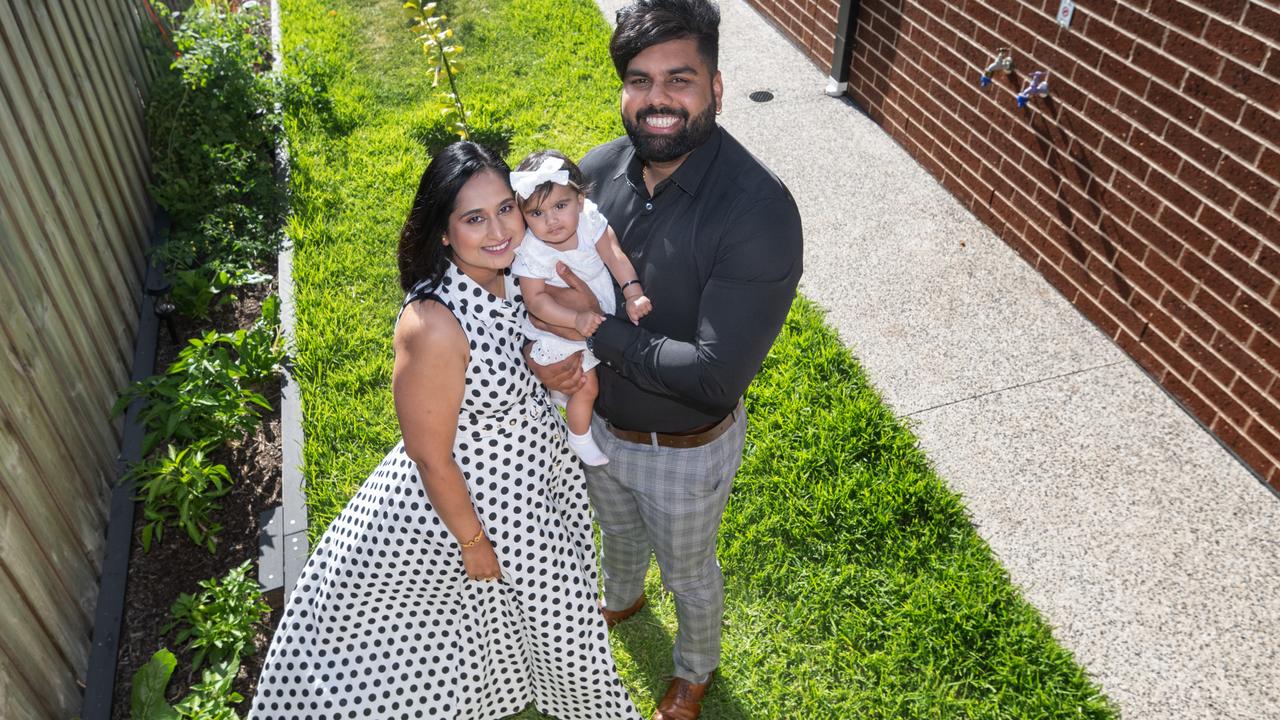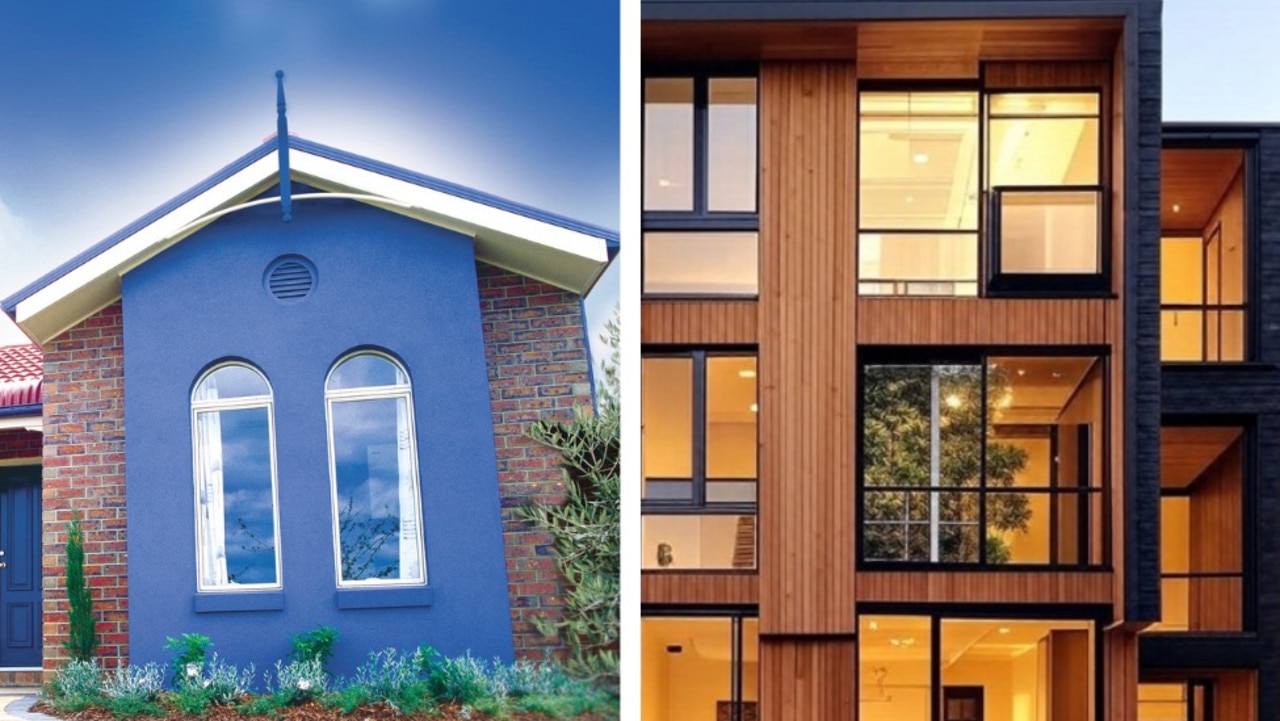Future Victoria: Former leaders tell us how the state has changed in 25 years
Victoria’s former leaders have revealed the burning issues they faced at the dawn of the new millennium — and which remain the most pressing, 25 years on.
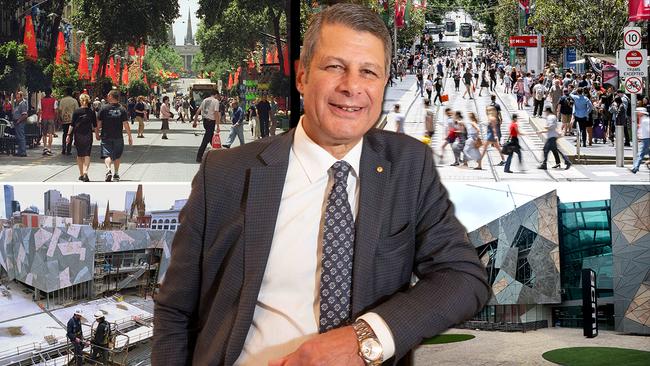
News
Don't miss out on the headlines from News. Followed categories will be added to My News.
Speaking to Victorians who were in positions of power in the year 2000 there’s a sense that the more things change, the more they stay the same.
Despite the massive transformations our state has undergone since, challenges our leaders faced at the dawn of the new millennium remain among the most pressing in 2025.
How we get our energy, how, what and when we build things and how to cater for an ever-expanding population are themes that kept emerging when the Herald Sun sat down with prominent leaders of yesteryear.
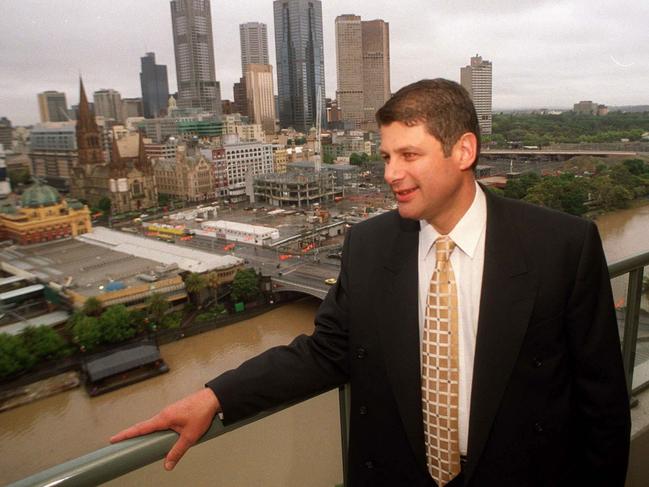
Steve Bracks:
Fresh from a stunning election victory over Jeff Kennett in 1999, Steve Bracks said the main problem he faced as Premier in the year 2000 would be very familiar to the politicians of 2025.
“The most significant (challenge) that we inherited at that time, which is no surprise now, really, was the issue of energy, our base load generation at Loy Yang and in the Latrobe Valley, and its reliability, its capacity to deliver for a growing population,” he said.
Mr Bracks said the problem of replacing cheap coal with cleaner sources of energy still endured.
“Twenty-five years later, it’s still one of the biggest challenges,” he said.
“We had a cheap, abundant electricity from brown coal, but we knew that the sun was setting on that, and we had to change then and it’s still the issue now.
“We’re a bit better place now that we’ve moved to something like 30 per cent renewables in the system.
“We had almost nothing when we were there, so it’s still a way to go and still a big challenge for Victoria.”
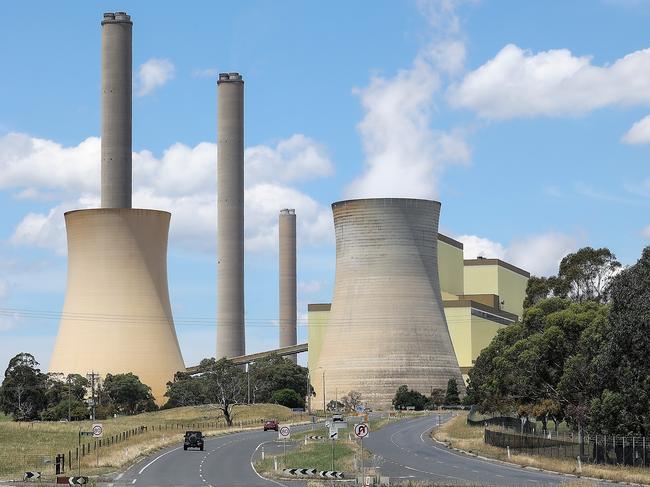
When it came to regrets, Mr Bracks said his main one was not anticipating and doing more to accommodate for a rapidly growing population.
“I should have moved quicker on anticipating the population increase and the demand for infrastructure improvements,” he said.
“I could have done more for, for example, the Melbourne Metro.
“I probably should have done (something like) that to cater for an expanding population and greater movement of people, and that’s probably about my biggest regret.”
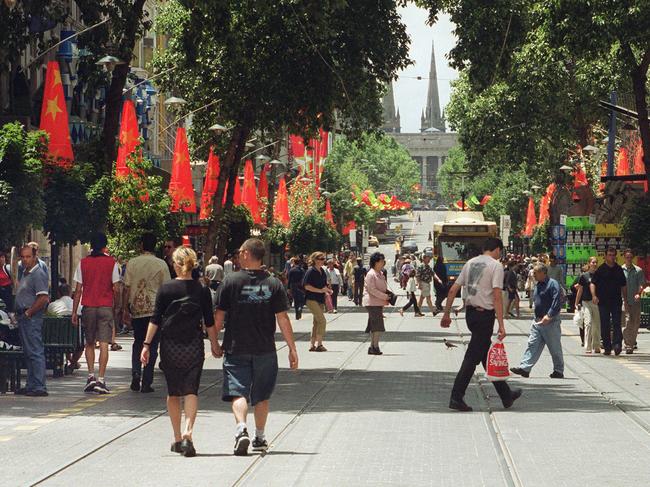
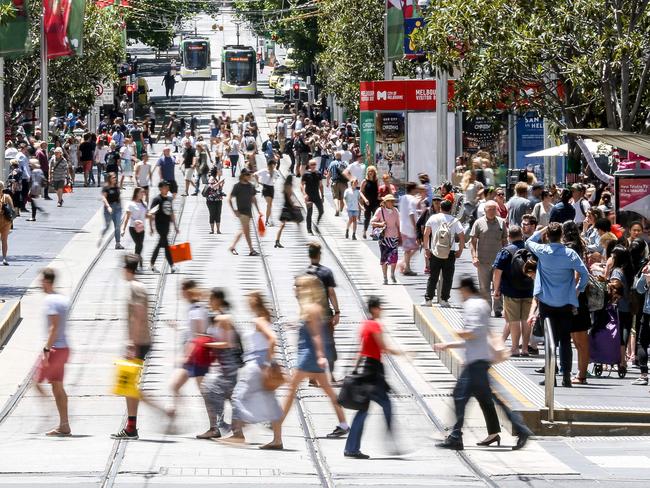
In terms of what he thought had changed most in the state in the past quarter of a century, Mr Bracks said it was the transformation of the Victorian economy.
“The biggest change has been moving from a manufacturing-based economy to a hi-tech service delivery economy,” he said.
“If you look (at) the last 25 years, we have lost our passenger motor vehicle industry.
“My biggest fear was in seeing that change, we would see enormous disruption to Victoria and to the economy, but I have been surprised and shocked to see how well we’ve adapted.”
“In the last 25 years Melbourne and Victoria has become the go-to place for graduates … and with that comes innovation, which is great and that’s where we’re stealing a march on Sydney.
“Victoria’s got the greater hi-tech industries and I think that’s a great potential for us in the future, as well.”
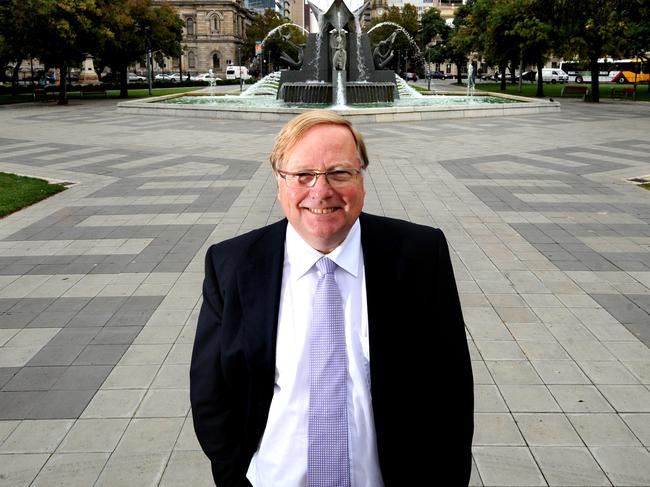
Peter Seamer
Peter Seamer was thrust headlong into one of Victoria’s most significant projects of the past 25 years, the controversial and costly development of Federation Square.
As chief executive, Mr Seamer was tasked with steering Fed Square to completion.
His task was made harder by the original costs being significantly under-forecast, he said.
“Fed Square was difficult to build, and no one had a clue what it was going to cost.”
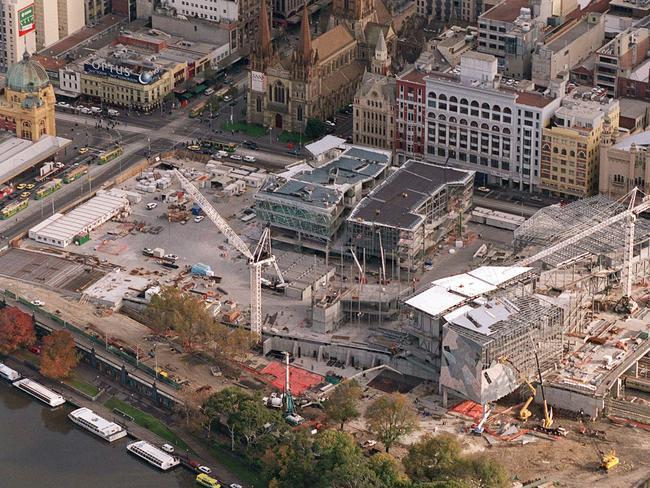
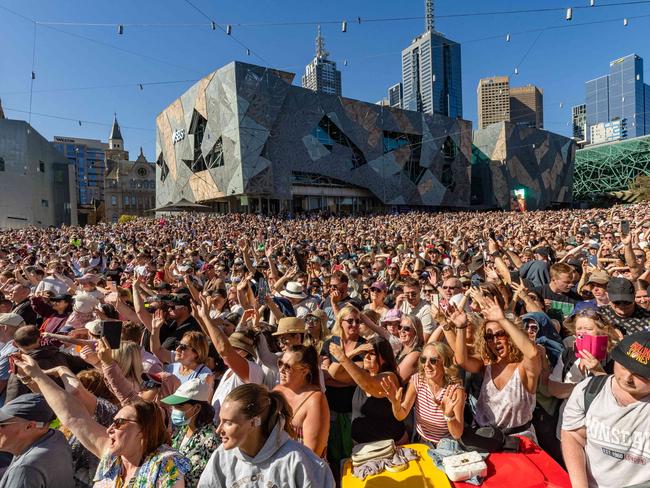
Fed Square missed the target of being open for the centenary of Australia’s federation in 2001, but opened in October 2002.
Despite some controversy over the look and feel of the square, Mr Seamer said he was proud of its legacy as a central meeting point for Melbourne.
“I feel very positive about it,” he said.
“There are aspects of the design which didn’t work very well … (and) not everyone’s going to like it but it does fulfil the role of being a central place for Melbourne.
“I think it made a big difference to Melbourne.”
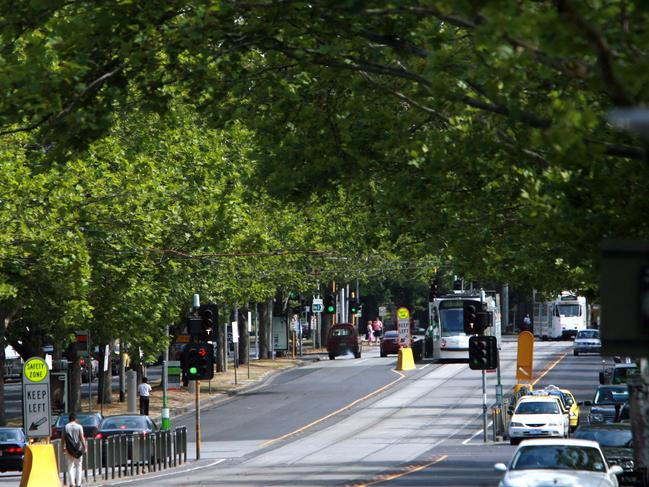
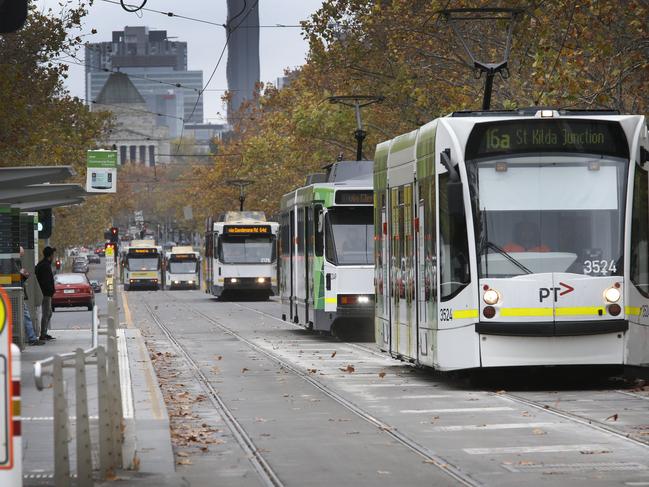
Mr Seamer went on to lead the Victorian Planning Authority for a decade, from 2007-2017, where he was responsible for high-level precinct planning as populations in Melbourne and regional Victoria grew.
He said he was disappointed in two recurring themes in our state’s development from the past twenty-five years.
The first was what he viewed as an abandoning of aesthetics when it came to planning and development.
“The biggest change is basically Melbourne’s become bigger, but not necessarily more attractive and grand,” he said.
“Like what the government’s done to St Kilda Rd, which was one of the world’s great boulevards (and) now it’s just a mess.”
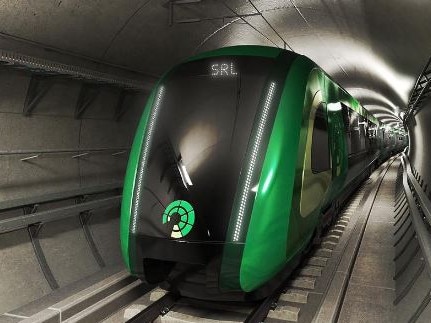
The second, in what could be viewed as a swipe against mega projects such as the controversial Suburban Rail Loop, was the prioritisation of projects which were vote winners over ones which would benefit Victorians the most.
“We’re spending money on a lot of infrastructure that has been, I think, arguably politically expedient rather than what’s necessary,” Mr Seamer said.
“The number one item for infrastructure we need is duplication (and) electrification of the railway line to Melton (in Melbourne’s rapidly expanding west), which doesn’t even get a look in because there’s no votes in it.”
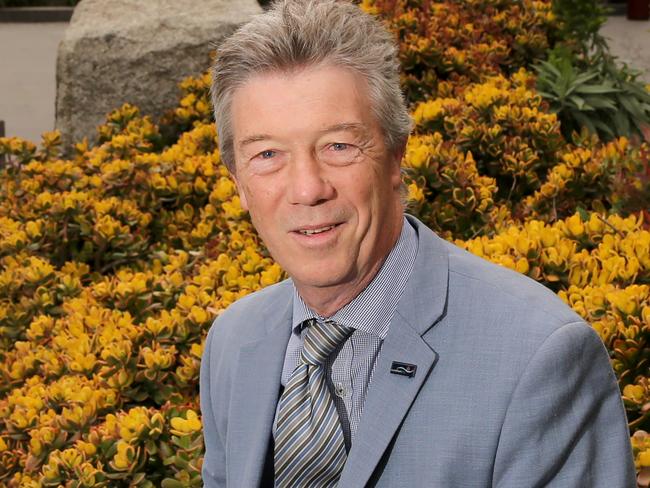
Henry Barlow
One of the most notable changes to have occurred in Victoria over the past 25 years is population growth.
About 4.75 million people lived in our state in the year 2000, today that figure is a touch over 7 million.
Few places in Victoria, or perhaps even Australia, have experienced such rapid growth and change in that time as Melbourne’s west.
“The biggest change for us out here in the west has been the sheer number of people who have actually come out here to live in this area,” Henry Barlow, a former mayor and councillor of the City of Wyndham who was first elected in 1997 and retired in 2000, said.
“We became famous for being the fastest growth area in Australia for a great number of years.
“It probably surprised us just how quickly the growth occurred.
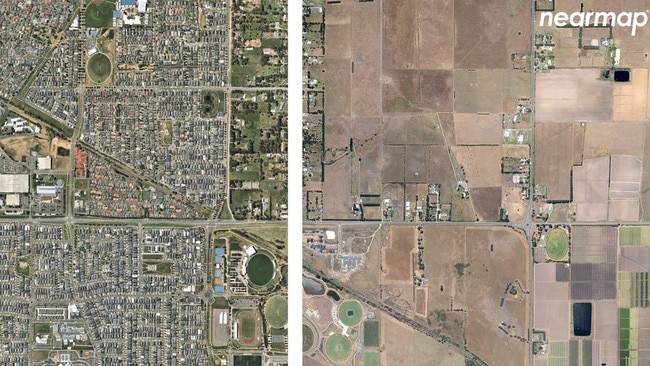
In the City of Wyndham alone, the population has grown from about 80,000 people in 2000 to well above 300,000 today, far outstripping the pace of growth in the rest of the state.
The biggest challenge the booming population created was the need for infrastructure which could cope with the huge number of new residents, Mr Barlow said.
“In big growth areas, you’re always behind the eight ball,” he said.
“People move in before schools are built, increased traffic adds to congestion before you can duplicate roads or figure out another way to get people from one place to another.”
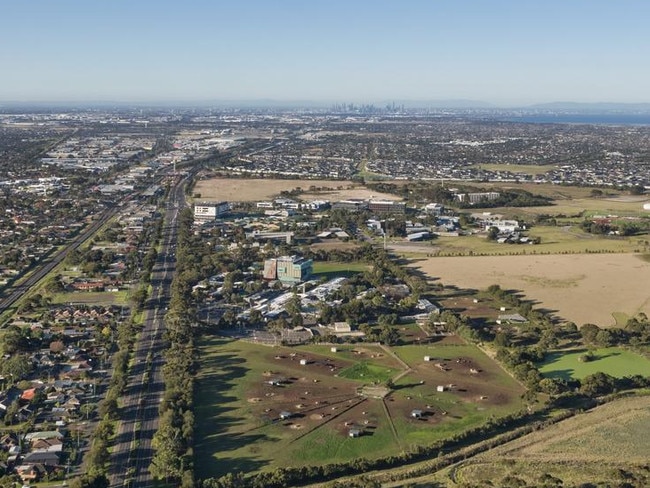
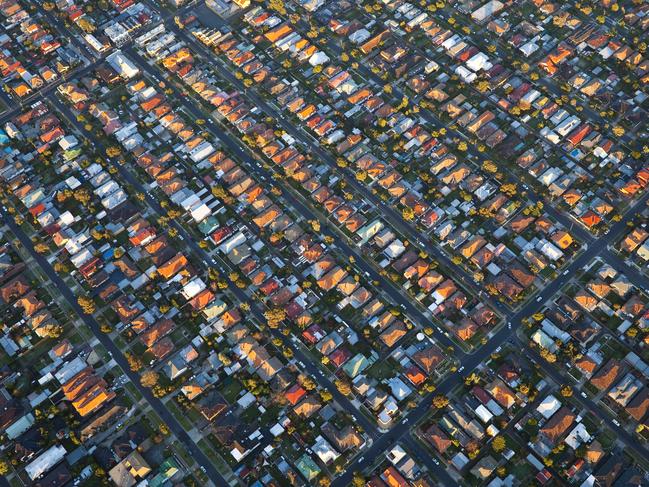
From a semi-rural fringe suburb to bustling urban environment, Mr Barlow said Wyndham perfectly encapsulated the growth of Melbourne, and Victoria, in the past 25 years.
Roads which he said were dirt roads at the turn of the century, such as Leakes Rd which connects Laverton North and Tarneit, are now multi-lane thoroughfares lined with businesses, warehouses, and homes.
“We were the country suburb, although we still saw ourselves as part of metropolitan Melbourne,” Mr Barlow said.
“Let me say that we are no longer the country suburb.”
Originally published as Future Victoria: Former leaders tell us how the state has changed in 25 years

